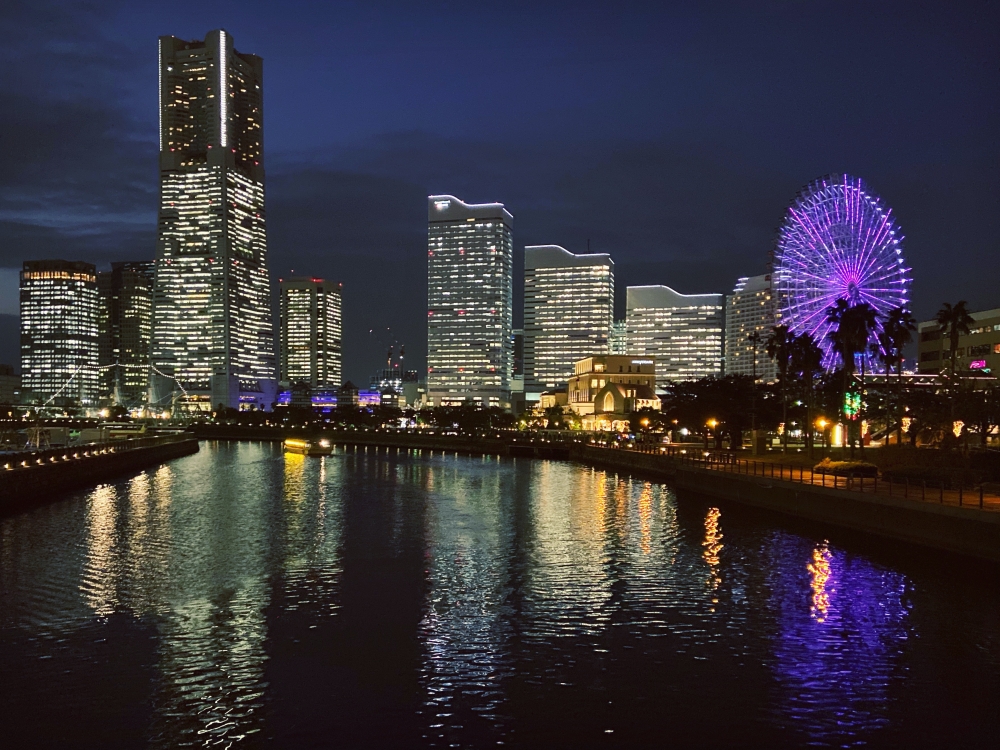Kamakura and Yokohama are two coastal cities south of Tokyo that can be easily reached by train, and make for a great combo for a day trip out of the city: They could not be more different, and I really appreciated the contrast between the two! Yokohama is closer to Tokyo, but it makes sense to visit quaint Kamakura with its many little temples and shrines first, and see the much more urbanized Yokohama all lit up in the evening. We had such an early start to our day that we even added in a visit to the now defunct Anata No Warehouse in Kawasaki between our two main destinations.
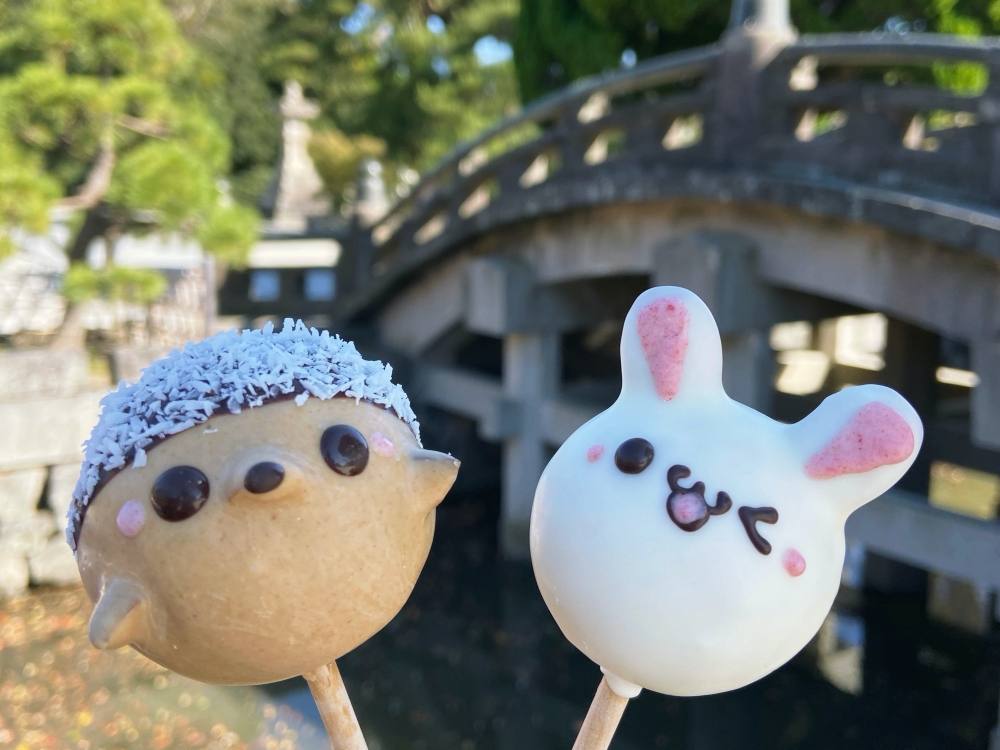
Kamakura is an hour train ride away from Tokyo station (covered by the JR Pass), and we found it quite easy to navigate on foot—but it’s only the relatively modern construction of tunnels and roads that made it this accessible. Kamakura’s natural fortification (it’s surrounded by hills on three sides, and opens onto the waters of Sagami Bay on the fourth) offered a great stronghold, which is part of the reason why it became a political center of early Japan when it was chosen as the seat for the new military government in the late 12th century, and went on to have a long and bloody history. Even its name is supposed to be derived from its geography, with a leading theory stating that it’s likely derived from the word for cooking hearth (kama) and warehouse (kura), which both only have one open side.

Today, Kamakura is a small city, but a very popular tourist destination that is sometimes referred to as the Kyoto of Eastern Japan because of its many temples and shrines, some of which were founded over 1200 years ago. Its sand beaches attract large crowds especially in the summer months, and although much of the city and its historical monuments were damaged in the Great Kantō earthquake of 1923, they have since been carefully rebuilt and restored—which however explains why not many of Kamakura’s sites fulfill the criteria to be included in the UNESCO World Heritage Site list.

Our main reason for visiting Kamakura was the monumental outdoor bronze statue of Amida Buddha at Kotoku-in Temple. At a height of 11.4m, it has been the second tallest Buddha statue in Japan, surpassed only by the one in Nara‘s Todaiji Temple (and now by some modern creations), since it was cast in 1252. Storms, typhoons, and tsunamis have destroyed the temple halls it was housed in several times, until they no longer bothered to rebuild them, so it has been left standing in the open air since the late 15th century. The iconic Daibutsu has withstood all calamities—even the Great Quake, which moved its 120+ tonnes by 60cm and destroyed the base, but left the statue itself intact. Admission to the temple grounds is ¥300, and it’s truly an impressive sight to behold.

After visiting Kotoku-in, we strolled about the town, briefly stopping at the beach (too cold and windy in November to be enjoyed, although there were some intrepid surfers out there!), the Komachi shopping street, and countless little shrines and temples, until we ended up at Tsurugaoka Hachimangu, Kamakura’s most important Shinto shrine. The approach to the shrine is a wide, almost 2km long street that leads from the waterfront though the entire city, with three torii on the way. A large, millennia-old ginko tree used to stand to the left of the large stairway leading up to the shrine’s main hall, but it was sadly uprooted during a storm in 2010.
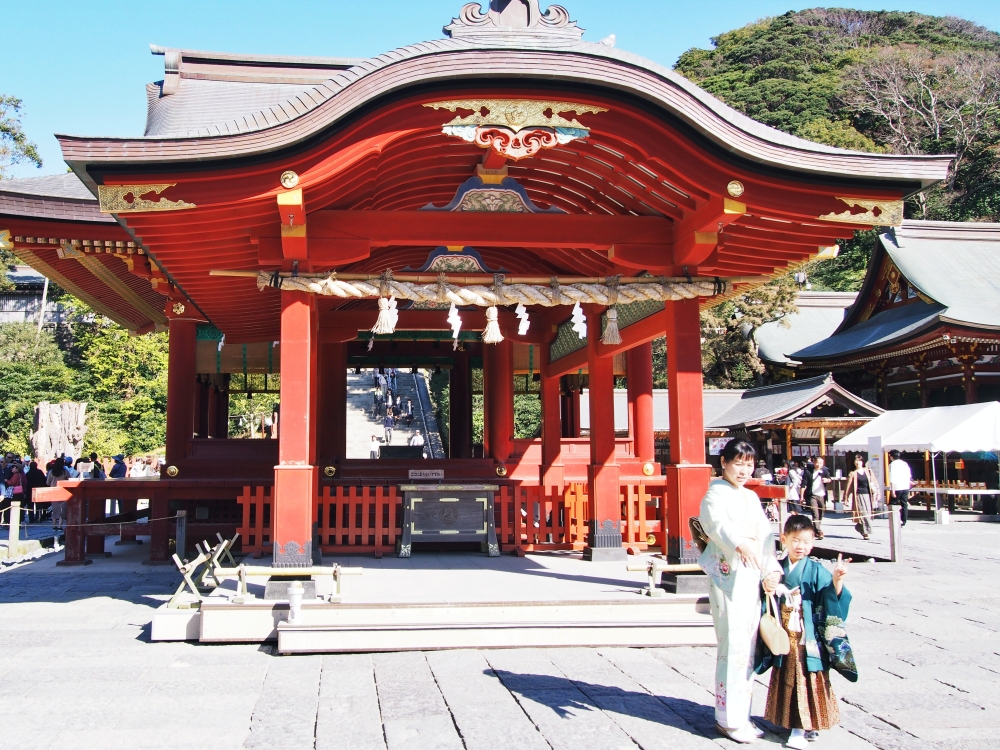
We were happy with all we’d managed to see in an unseasonably warm Kamakura in just two hours or so, and then hopped on a train to Kawasaki for the sole reason of visiting the Anata No Warehouse game arcade before it permanently closed its doors a week later. The standard itinerary is however to proceed directly to Yokohama, which is only half an hour from Kamakura. We didn’t really have any plans here other than enjoying the sunset and night views at Minato Mirai, although in retrospect I wish we’d visited the CupNoodles Museum to have a comparison to the one in Osaka.
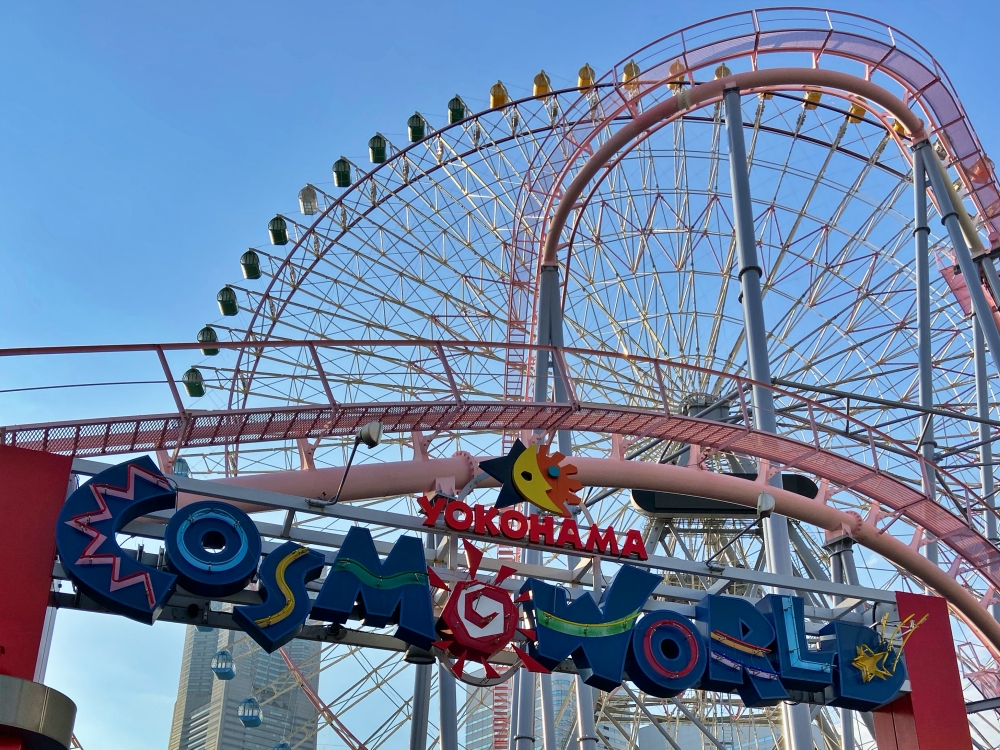
Yokohama used to be a small fishing village, but boomed in size and became Japan’s most important port for foreign trade when their 200+ years of seclusion under the Tokugawa shogunate ended. The Western influence, especially from the main trading parnter Great Britain, led to the establishment of Japan’s first daily newspaper, gas-powered street lamps, and the country’s first railway, constructed to connect Yokohama to Tokyo. It was completely destroyed twice—by the biggest earthquake Japan’s ever seen in the 20s, and again by air raids during WWII. Today, it’s Japan’s second largest city by population.

The main area we wanted to visit in Yokohama was Minato Mirai 21 (which loosely translates to “harbor of the future”), which used to be a large shipyard until being developed into a new central business district in the 80’s. It is home to many high-rises on the waterfront, which form the distinctive Yokohama skyline—the most recognizable, at 296m, is the Landmark Tower, which was Japan’s tallest building from 1993 until 2014 and now holds the third spot on the list. Today, about 80k people work in Minato Mirai, and many major corporations have their headquarters or branches here, but it’s also a major center for shopping and tourism, and continues to be expanded and developed inland.
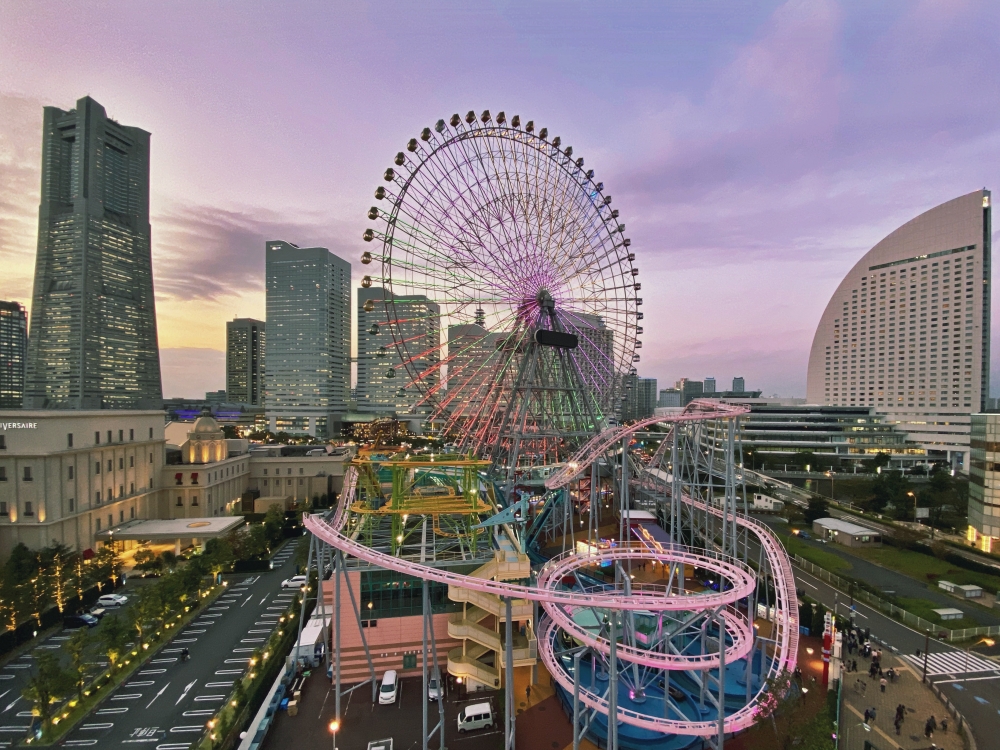
The most recognizable feature of the skyline is the large ferris wheel at Cosmoworld, a small amusement park with a handful of roller coaster rides and carnival attractions. For a short period, it was the tallest ferris wheel in the world, and the way it is colorfully illuminated at night adds to the wonderful night view. The World Porters Mall across the street has six floors, each dedicated to a different theme (the ground floor is dedicated to food, the first to fashion, and so on!), but it was the rooftop that delighted us the most, as it offers the above view over Cosmo World and the Yokohama skyline. We watched the sunset from up there before strolling along the waterfront for some final skyline views before making our way back to Tokyo after a busy but rewarding day spent hopping from town to town.
